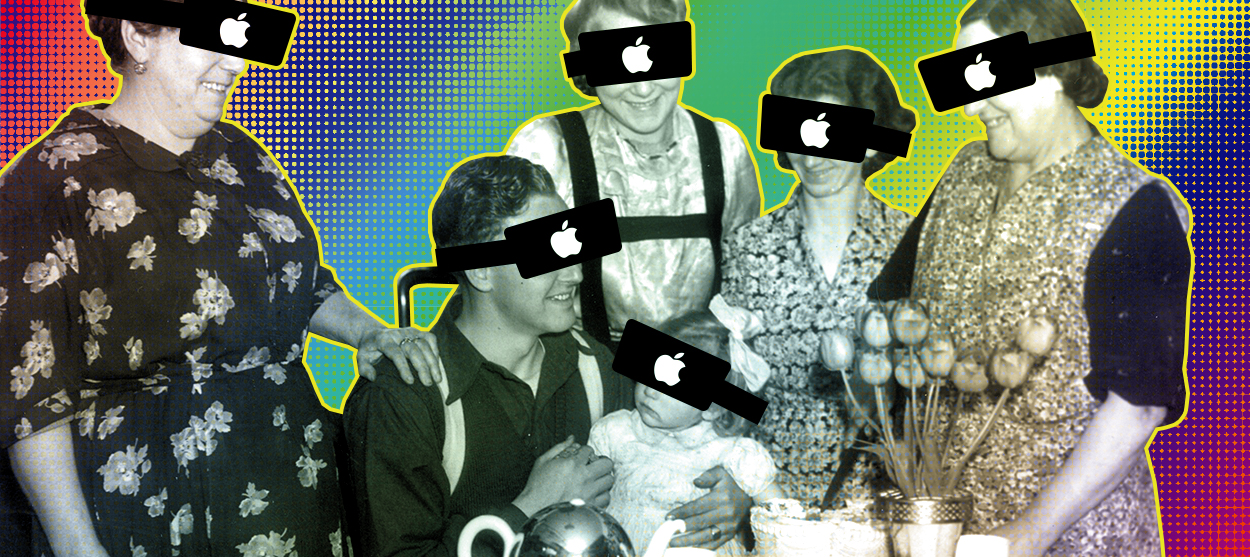Uber and municipal government: Super friends?
Can cities work with Uber to make transportation better for everyone?


American cities have an Uber dilemma. And a new study provides a few possible insights into solving it.
The research was a joint project under an umbrella of different groups, including the National Cooperative Highway Research Program, the National Cooperative Rail Research Program, and the Transit Cooperative Research Program, many of which rely on various government research grants. It analyzed ride-sharing data and a variety of surveys from transit and ride-sharing users. Briefly, here's what it found:
- Who uses Uber? Ride-sharing users tend to come from neighborhoods that are whiter, higher income, more highly educated, denser, and where car ownership is lower. Still, plenty of customers live in lower-income areas as well.
- Where do they go? Most ride-sharing occurs between a few key spots, usually in or near downtown areas and to and from airports. And most rides during peak usage times are pretty short: under 5 miles, and with a median length of 1.5 miles.
- When do they go? Peak time is actually not during traditional commute times or rush hour. It's often on Friday and Saturday evenings.
Here's the key lesson: Ride-sharing isn't replacing other forms of transportation. It supplements it.
The Week
Escape your echo chamber. Get the facts behind the news, plus analysis from multiple perspectives.

Sign up for The Week's Free Newsletters
From our morning news briefing to a weekly Good News Newsletter, get the best of The Week delivered directly to your inbox.
From our morning news briefing to a weekly Good News Newsletter, get the best of The Week delivered directly to your inbox.
People don't really use ride-sharing for commuting that much, and they still use it less frequently than trains, buses, bikes, and their own cars. When they do use ride-sharing instead of public transit, it's usually for reasons of time or reliability. It's not clear how often people use ride-sharing along with public transit — say, getting off the bus or the subway and then hailing an Uber or Lyft to go the final stretch. But the researchers estimate its modest, in the range of 3 percent to 16 percent of all rides.
People mostly use ride-sharing for a few specific tasks like getting around to various social activities on weekend nights, or getting to and from the airport. Clearly, ride-sharing is never going to replace public transit. There's just no substitute for well-funded buses, trains, subways, and rail.
Cities have long struggled with how to handle the extraordinary rise of Uber and Lyft, grappling with issues of regulation, labor rights, competition, and congestion. But this new research suggests there are plenty of ways that cities could learn to love ride-sharing.
For starters, cities could better integrate ride-sharing with other transit services — say, by making sure airports have dedicated dropoff and pickup points. They could also create dedicated lanes for ride-sharing services.
A free daily email with the biggest news stories of the day – and the best features from TheWeek.com
City governments could also partner with Uber and Lyft directly. Here in Chicago, for instance, we have a single metro card that can be used to pay for a suite of different transit options, including both trains and buses. What if you could use these card to pay for Ubers too? Cities could even get really crazy and place regular cash supplements onto the cards of lower-income users that can apply across public transit and ride-sharing. Cities could also coordinate with ride-sharing services for big sports events and concerts.
Indeed, it's not hard to imagine a near-future where Uber becomes a public resource, and municipal governments and ride-sharing companies work together for the betterment of all.
Now, the big elephant in the room, of course, is how Uber and Co. treat their workers. This has been one of the major issues that cities have grappled with as ride-sharing services expand their clout. It's one of the main reasons some cities have straight-up banned Uber.
Much of Uber's "innovation" was simply figuring out a way to game regulations: Claim to be a platform, not an employer, and thus dodge requirements to provide benefits or pay the minimum wage. Providing riders with lower fares by suppressing drivers' wages is not good for any community over the long haul.
Cities could try deploying their own ride-sharing services, to ensure just compensation and good working conditions. There's the possibility of worker-owned ride-sharing cooperatives, for instance, or city-owned services. Places like Austin are trying this, though its too soon to tell how well public ride-sharing services will fare against their private competitors.
Another option might just be offering the likes of Uber and Lyft a tit-for-tat. They get the benefits of a city partnership, if they also play nice with regulations. There's also the possibility that more courts will rule that private ride-sharing companies have the legal duties of traditional employees. That threat could make such an offer from a city government look a lot more attractive really fast.
Jeff Spross was the economics and business correspondent at TheWeek.com. He was previously a reporter at ThinkProgress.
-
 Political cartoons for December 14
Political cartoons for December 14Cartoons Sunday's political cartoons include a new White House flag, Venezuela negotiations, and more
-
 Heavenly spectacle in the wilds of Canada
Heavenly spectacle in the wilds of CanadaThe Week Recommends ‘Mind-bending’ outpost for spotting animals – and the northern lights
-
 Facial recognition: a revolution in policing
Facial recognition: a revolution in policingTalking Point All 43 police forces in England and Wales are set to be granted access, with those against calling for increasing safeguards on the technology
-
 How do you solve a problem like Facebook?
How do you solve a problem like Facebook?The Explainer The social media giant is under intense scrutiny. But can it be reined in?
-
 Microsoft's big bid for Gen Z
Microsoft's big bid for Gen ZThe Explainer Why the software giant wants to buy TikTok
-
 Apple is about to start making laptops a lot more like phones
Apple is about to start making laptops a lot more like phonesThe Explainer A whole new era in the world of Mac
-
Why are calendar apps so awful?
The Explainer Honestly it's a wonder we manage to schedule anything at all
-
 Tesla's stock price has skyrocketed. Is there a catch?
Tesla's stock price has skyrocketed. Is there a catch?The Explainer The oddball story behind the electric car company's rapid turnaround
-
 How robocalls became America's most prevalent crime
How robocalls became America's most prevalent crimeThe Explainer Today, half of all phone calls are automated scams. Here's everything you need to know.
-
 Google's uncertain future
Google's uncertain futureThe Explainer As Larry Page and Sergey Brin officially step down, the company is at a crossroads
-
 Can Apple make VR mainstream?
Can Apple make VR mainstream?The Explainer What to think of the company's foray into augmented reality
